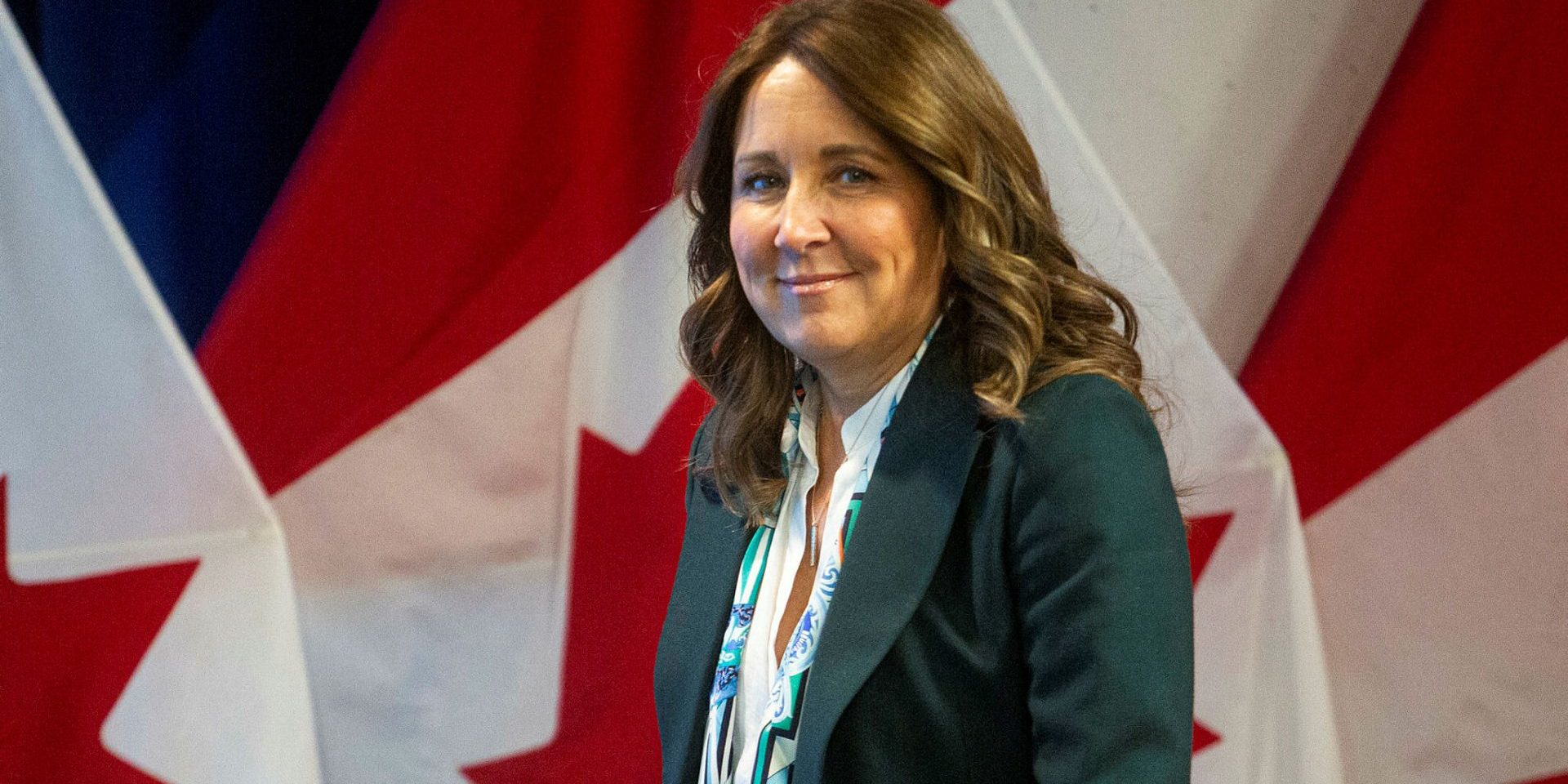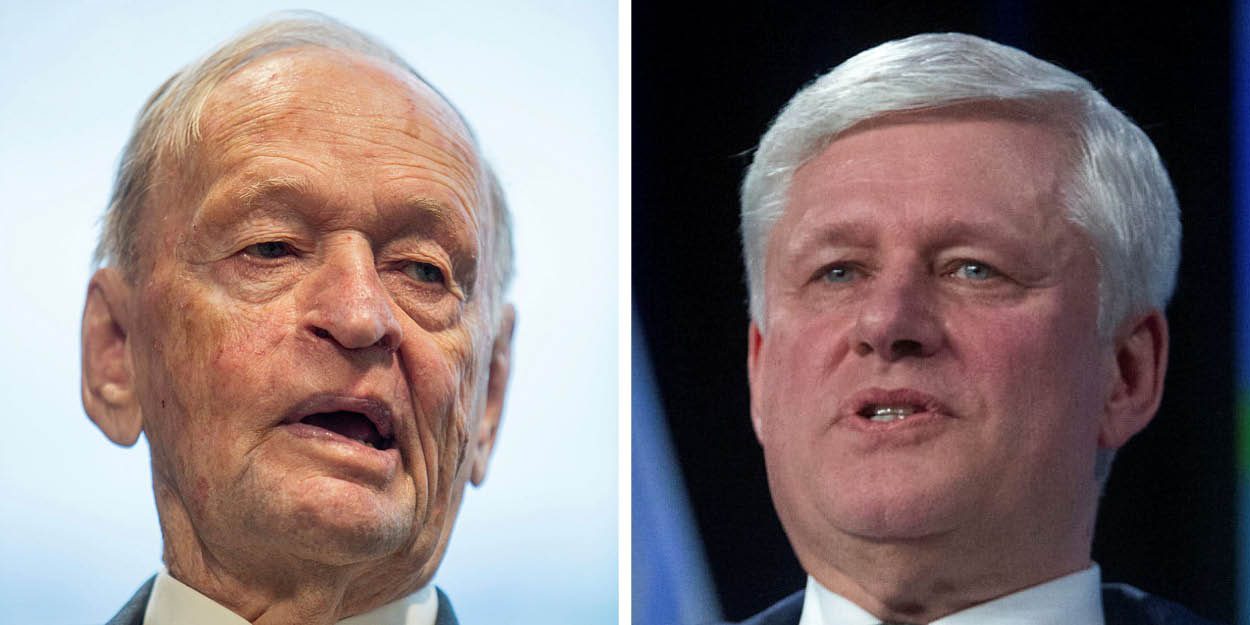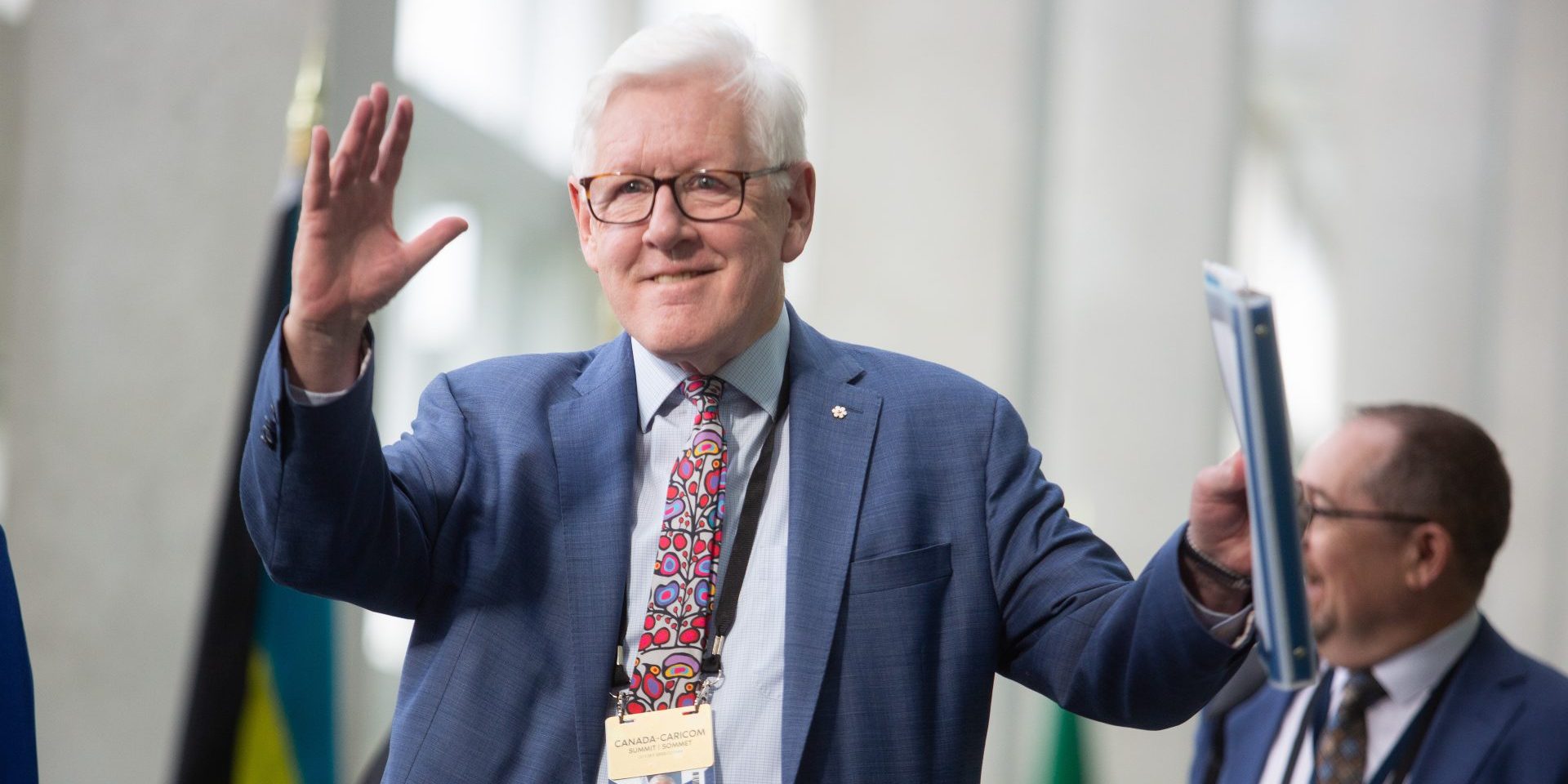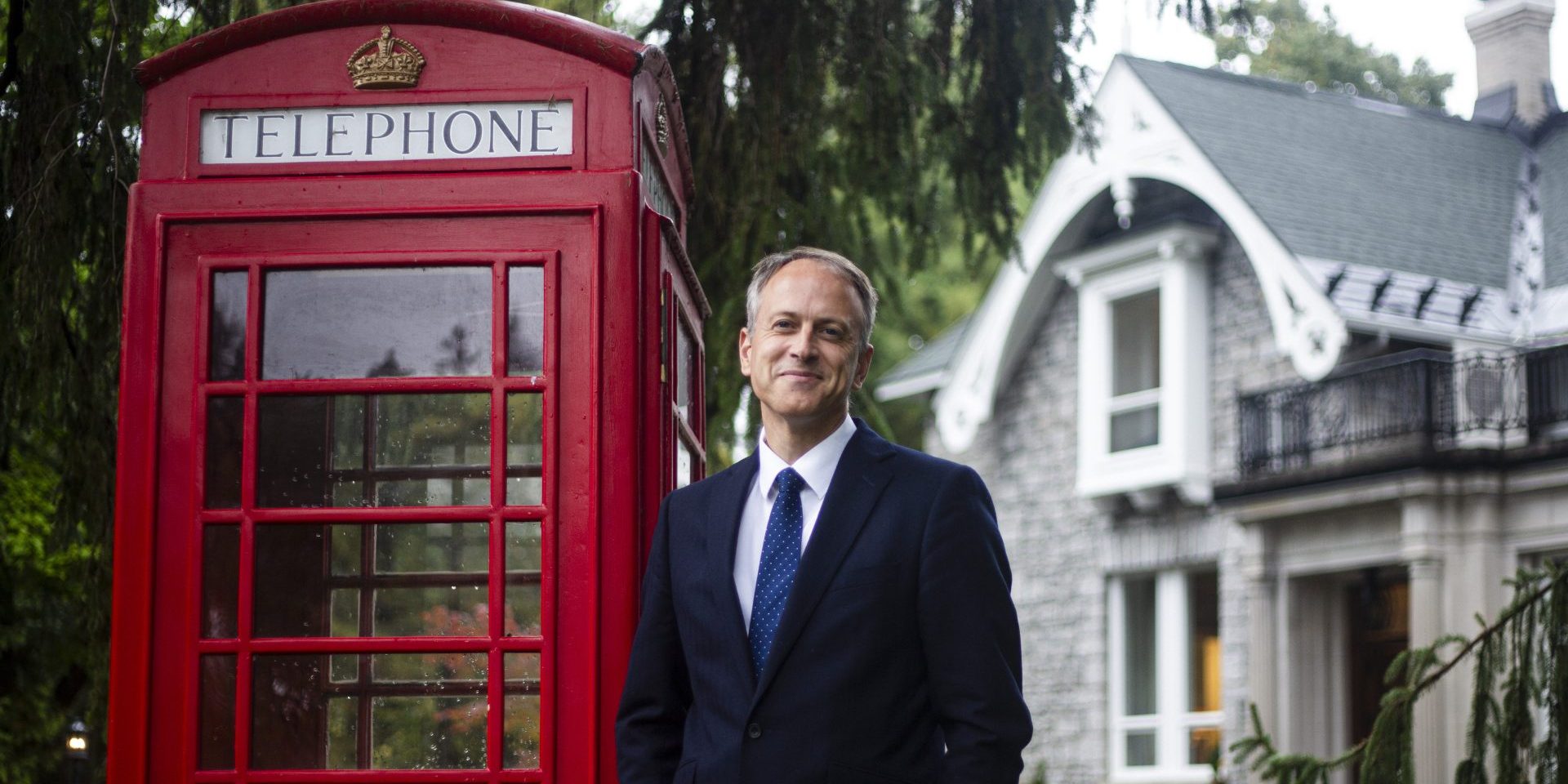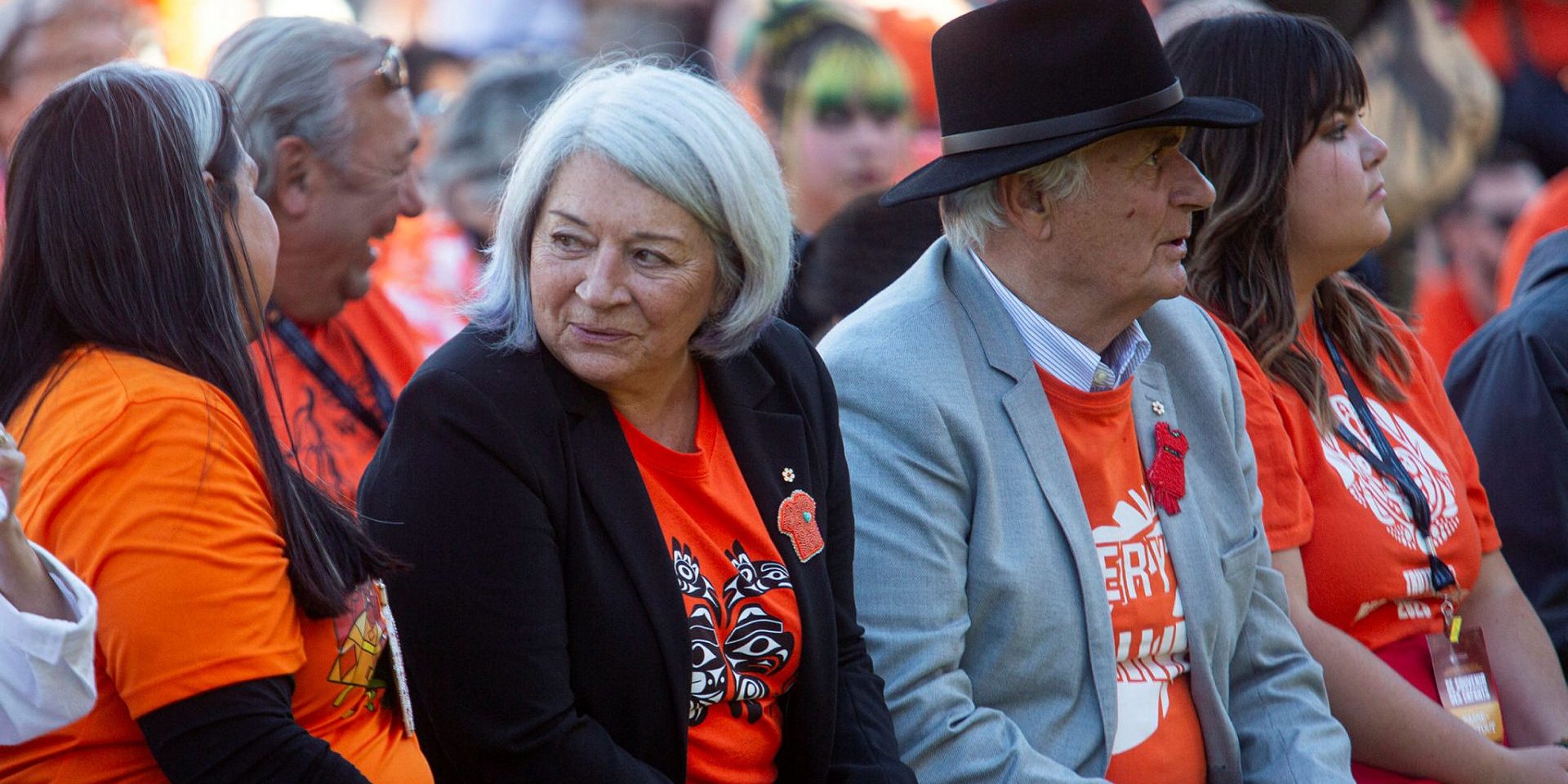Hill Climbers
A look at Treasury Board rules as Carney and cabinet start to staff up
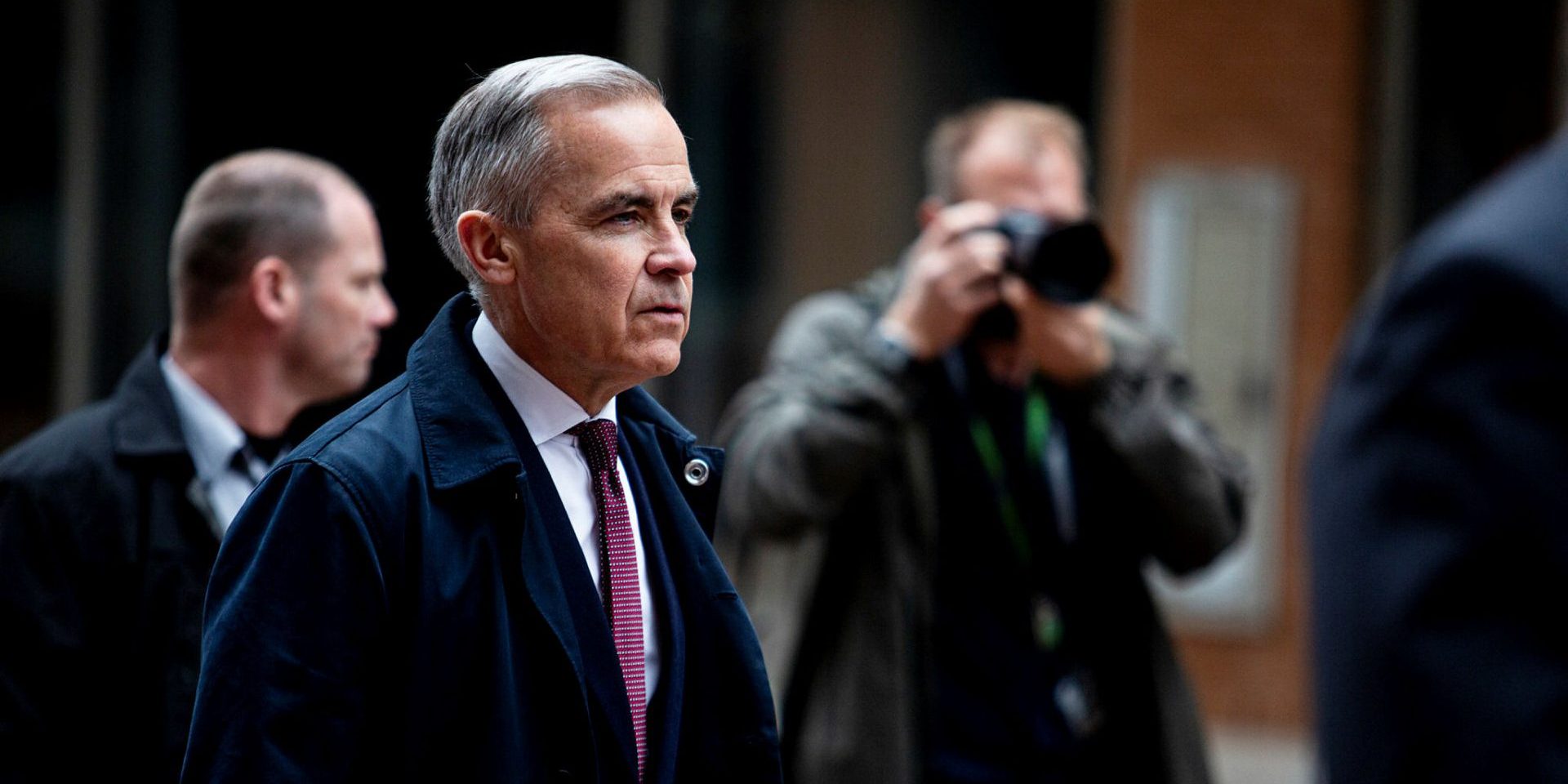
As elected officials and staff prepare to return to Ottawa for the start of the new Parliament, ministerial staffing remained firmly in a state of transition, with little known of confirmed permanent hires in either the Prime Minister’s Office or the offices of Prime Minister Mark Carney’s cabinet.
Marco Mendicino continues to act as chief of staff to Carney, as he’s done since Carney was first sworn in as prime minister on March 14. Mendicino, whose appointment prompted criticism in some Liberal caucus corners and was described as temporary, stayed behind during the election as part of the skeleton team that continued to work in the PMO. On May 22, he was among those in attendance for Carney’s swearing-in as the MP for Nepean, Ont., according to a pool report. Later that same day, it was announced that Mendicino would be staying on as chief of staff through to the summer.
“As we prepare for the Throne Speech, I have asked Mr. Mendicino to stay into the summer in order to support the launch of the government’s mandate in Parliament and to lead the transition of the PMO on my behalf,” wrote Carney on X. “I am grateful that he has agreed to do so.”
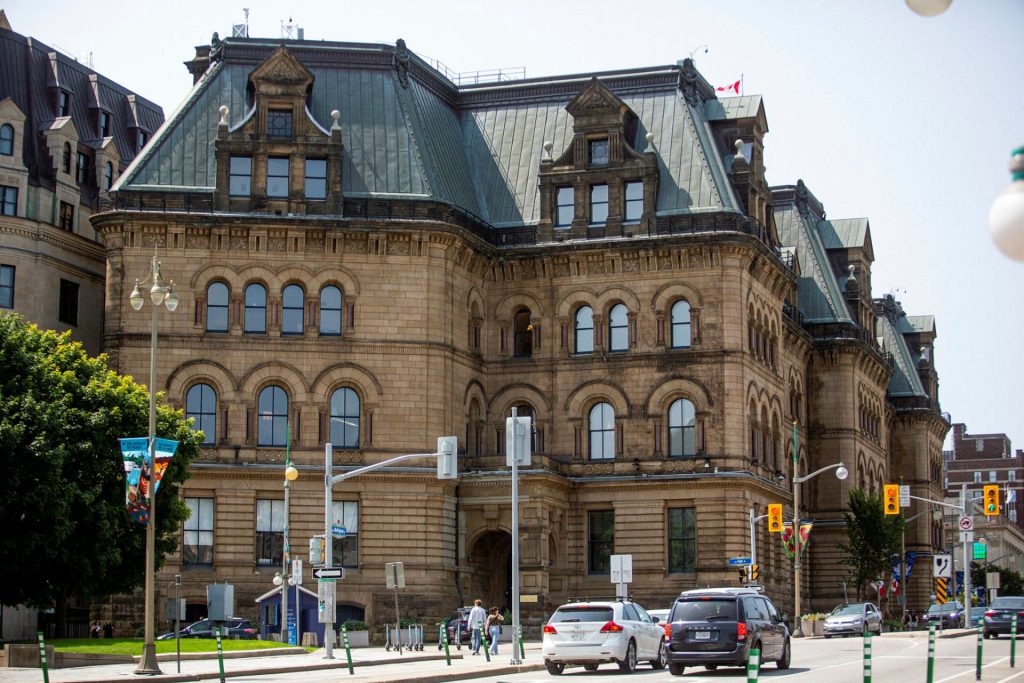
Carney’s new cabinet—made up of 28 ministers and 10 secretaries of state—was sworn in at Rideau Hall on May 13, just 13 days prior to the official first day of the 45th Parliament.
With the swearing-in of a new cabinet, all ministers—including returning ones, all of whom have been given new portfolios—will have to hire their teams.
At the end of the last Parliament, there were roughly 750 cabinet staff working between 38 cabinet offices and the Prime Minister’s Office, with around 90 staff in the PMO, specifically.
The staffing-up process typically begins with the hiring of a chief of staff, which, as noted in Treasury Board rules, is a decision “subject to prior written and ongoing agreement of the Prime Minister’s Office.”
Under the Trudeau government, office sizes ranged between ministers, with then-deputy PM and finance minister Chrystia Freeland, for example, employing around 30 staff. Other senior ministers had slightly smaller teams, with then-defence minister Bill Blair, for example, having closer to 20 staff. While styled as full ministers, those with more junior portfolios during the last Parliament, like then-Federal Economic Development Agency for Southern Ontario minister Filomena Tassi and then-small business minister Rechie Valdez, had on average closer to 10 staff in their respective offices. (Valdez is now both minister of women and gender equality, and secretary of state for small business.)
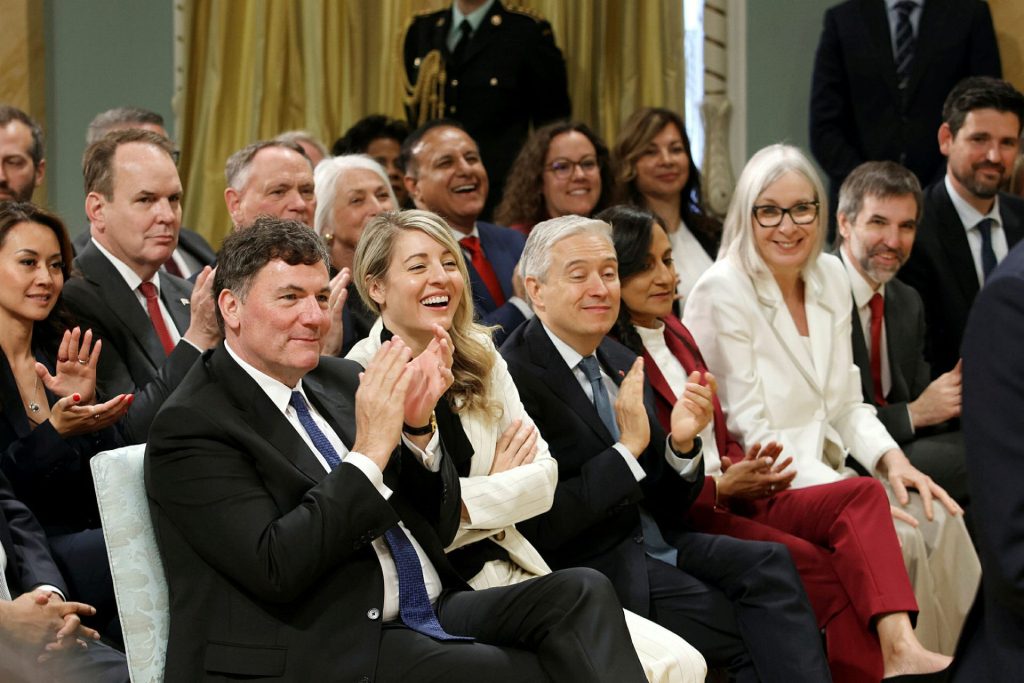
Secretaries of state are essentially ministers of state by another name under Treasury Board rules, which set out certain limits for the setting up of offices.
Staff working for secretaries of state are generally eligible for lower maximum salary ranges based on Treasury Board classifications. Directors working for a minister, for example, fall under an “executive” group—or “EX”—salary classification, whereas directors working for a secretary of state fall under a lower “AS,” or “administrative services,” classification.
There are technically no minimum salaries for exempt staff under Treasury Board rules, which instead set out maximum salary ranges for the various classification groups.
Chiefs of staff to ministers are classified as either EX-02, EX-03, or EX-04, which, taken together, establish a maximum annual salary range of between $154,178 (the low end set out for EX-02 chiefs) and $232,676 (the high limit for EX-04 chiefs), as of April 1, 2025.
By comparison, chiefs of staff to ministers of state are classified as EX-01 or EX-02, making them eligible for maximum salary ranges of between $137,524 and $181,365.
Directors in ministers’ offices are classified at the EX-02 level, whereas directors to secretaries of state would fall under the AS-08 group—the same group that policy advisers for secretaries of state, and that press secretaries and policy advisers to ministers fall under—which is currently eligible for a maximum annual salary range of between $116,509 and $137,135.
Press secretaries to secretaries of state are part of the AS-07 group, under which senior special assistants to both ministers and secretaries of state also fall. That classification currently comes with a maximum salary range of $112,834 to $129,017.
The pay groups for special assistants and support staff are the same regardless of whether they’re employed by a minister or secretary of state—either way, they’re part of the AS-05 group, whose maximum annual rates of pay range from $84,637 to $105,558. Private secretaries—or executive assistants—to secretaries of state are also part of that AS-05 group, whereas private secretaries to ministers fall under the AS-06 classification, whose salaries are currently capped at between $96,998 and $117,853.
As noted in the Treasury Board’s Policies for Ministers’ Offices, “All salaries for exempt staff will be deemed to include compensation for overtime.”
While ministers have the power to authorize staff increases up to the allowable maximums, Treasury Board rules do state that staff “should not be paid the maximum salary unless it can be fully justified by his or her experience and qualifications.”
“As a general rule, the maximum salary range is reserved for employees with relevant professional qualification, 10 or more years’ relevant prior employment experience, or extraordinary skills and qualifications,” reads the rule book.
During the 2023-24 fiscal year—the most recent account of annual federal spending currently available—then-prime minister Justin Trudeau’s office spent almost $10.7-million on personnel overall, with another $101,146 spent on “professional and special services.” Altogether, the PMO spent a total of almost $11.9-million last year.
Tallied together, total spending by Trudeau’s office and the offices of the 38 members of his cabinet amounted to roughly $89-million overall in 2023-24, of which $81.3-million was spent on personnel. Reported expenditures overall include spending on personnel; transportation and communications; information; professional and special services; rentals; repair and maintenance; utilities, materials, and supplies; acquisition of machinery and equipment; and other subsidies and payments. Another category listed in the books is “acquisition of land, buildings, and works,” though no ministers reported any expenditures under this category.
The Hill Times






 LICENSING
LICENSING PODCAST
PODCAST ALERTS
ALERTS